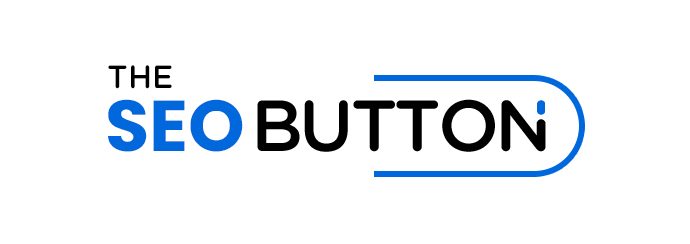What Are Alt Tags?
Alt tags, also known as alt attributes or alt descriptions, are snippets of text used to describe the content of an image file on a webpage. Think of them as a helpful friend who explains what’s in a picture when you can’t see it. This text not only aids visually impaired users by working with screen readers but also helps search engines understand the image content.

Why Are Alt Tags Important?
Alt tags serve two primary purposes: accessibility and SEO. For visually impaired users, assistive technologies like screen readers read out the alt text, enabling them to understand the image context. This improves the user experience by making web content more accessible. On the SEO side, search engine crawlers rely on alt tags to interpret the content of images, which contributes to better search engine optimization.
How Do Alt Tags Affect SEO?
Alt tags enhance image SEO by providing search engines with additional information about the image content. Including relevant keywords in alt tags can improve the chances of ranking in image search results. However, keyword stuffing should be avoided as it can lead to a negative user experience and potential penalties from search engines. Instead, focus on using meaningful, descriptive text that accurately represents the image.
Best Practices for Writing Alt Tags
- Be Descriptive and Specific:
- Instead of “dog,” use “Golden Retriever playing in the park.”
- Keep It Concise:
- Aim for a clear, concise description without unnecessary keywords.
- Use Keywords Wisely:
- Include target keywords naturally, like “organic traffic” or “search engine bots,” but avoid stuffing.
- Avoid Redundant Phrases:
- Skip phrases like “image of” or “picture of.”
Common Mistakes to Avoid
- Keyword Stuffing:
- Overloading alt tags with keywords can harm SEO rather than help.
- Using Generic Descriptions:
- Descriptions like “image” or “photo” add no value.
- Leaving Alt Tags Blank:
- Ensure every image, even decorative ones, has an appropriate alt tag, even if it’s an empty string for purely decorative images.
Examples of Good Alt Tags
- Okay:
<img src="cat.jpg" alt="cat"> - Better:
<img src="cat.jpg" alt="Kitten playing with a flower"> - Best:
<img src="cat.jpg" alt="Orange kitten playing with a yellow flower in a green garden">
How Alt Tags Improve User Experience
Alt tags significantly enhance user experience, especially for those using screen readers. They provide a textual description of images, making the content accessible to everyone. This inclusivity is essential for improving audience retention rates and ensuring that all users can engage with your content meaningfully.
Alt Tags and Image Search
Properly optimized alt tags can boost your image search rankings. When search engines understand the image context through alt tags, they are more likely to display your images in relevant search queries. This can drive additional traffic to your site from image searches on Google Images and other search engines.
Implementing Alt Tags in Your SEO Strategy
- Audit Your Images:
- Review your site to ensure all images have descriptive alt tags.
- Use Content Management Systems:
- Platforms like WordPress and tools like Yoast SEO make it easy to add and manage alt tags.
- Regular Updates:
- Periodically update alt tags to reflect any changes in image content or SEO strategy.
Conclusion
Alt tags may seem like a small part of SEO, but their impact is significant. By providing detailed, keyword-rich descriptions, you improve accessibility and enhance your site’s SEO. This practice not only helps search engines but also ensures a better user experience for all visitors.
Watch the Video
For a more in-depth understanding of alt tags and their SEO impact, check out the video below. It covers practical tips and insights to help you make the most of your alt tags.
